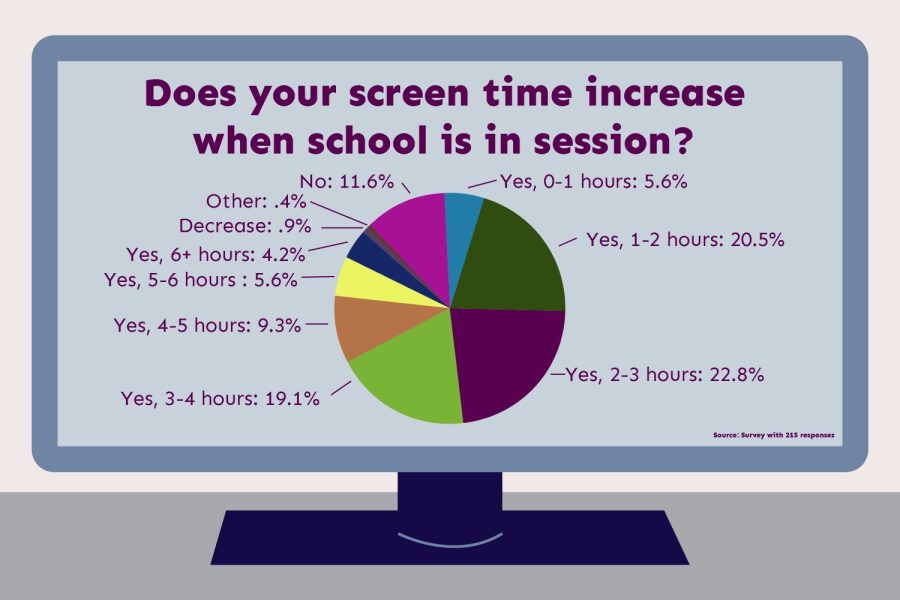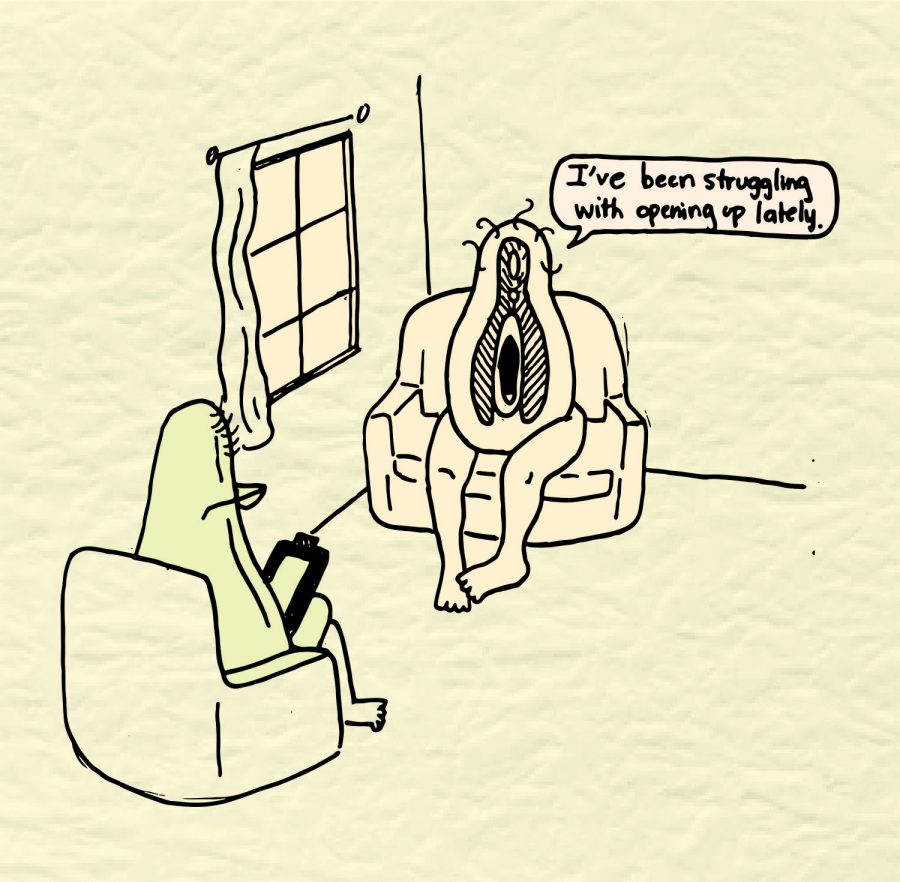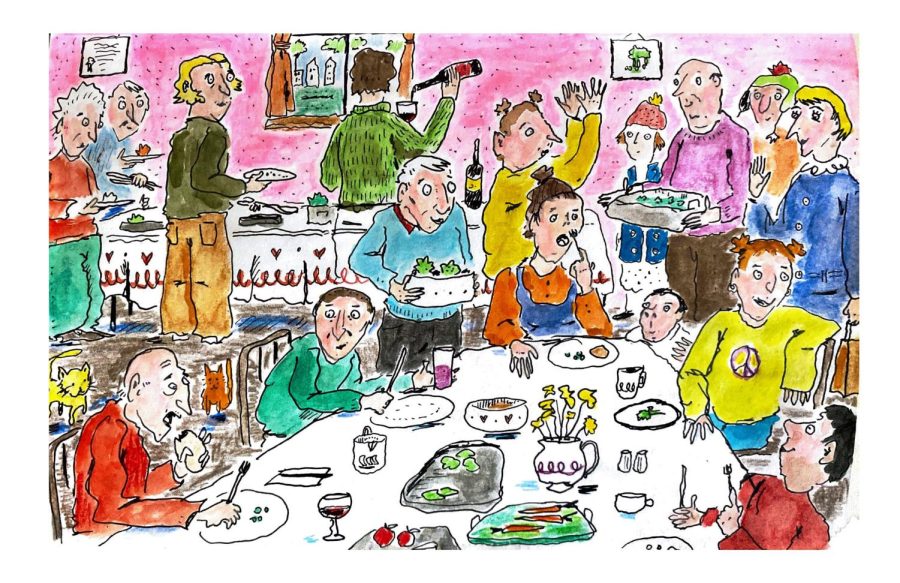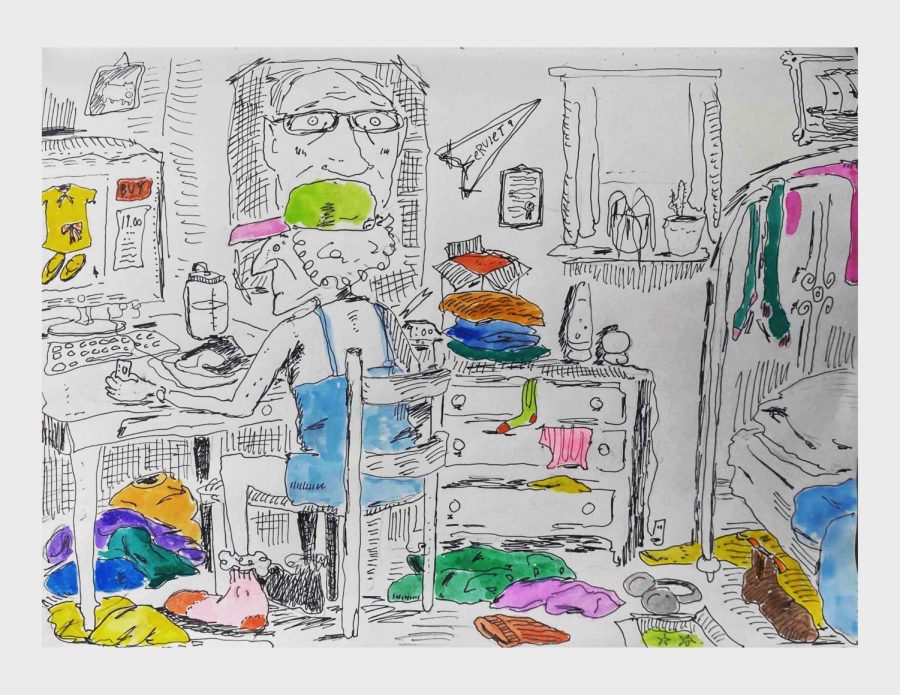Every person you have ever met fits at least one stereotype or another, and these stereotypes are often unkind.
Studies have shown that if we are made aware of these stereotypes, we are more likely to perform in a way that mirrors the negative quality of that stereotype.
“Stereotype threat” is defined as the uneasiness that can arise when we become aware of a negative stereotype or personal reputation in a situation where the identity is important, according to psychologist Joshua Aronson.
“I believe confidence is key in achieving good results, and stereotype threat could be detrimental to a person’s confidence,” first-year Christopher McKinney said.
In a 1999 study, social psychologist Claude Steele tested whether the stereotype threat could be triggered by gender differences, based on the myth that women are weaker than men in math.
Steele took a group of mathematically gifted men and women and gave them a challenging math test.
Results showed that when gender differences were highlighted before the exam, the women, on average, performed worse.
“We found we could easily produce underperformance,” Steele said in an interview with Not In Our School, a project aimed at building inclusive communities.
“If you bring men and women into the laboratory who are really good at math, and equally good, and give them a really difficult math test, at the frontier of their skills, the women, though just as prepared, don’t do as well as the men,” he said.
“Maybe the stereotype is pressuring the performance,” he said. Stereotype threat can strike in any scenario.
“When I first started working for a tech team, an elderly gentleman walked in and was rather condescending because I was a girl,” senior Saritha Beauchamp said.
“He thought I couldn’t fix a computer, and because I was so flustered by what he was saying, I didn’t handle the case well,” she said.
Perhaps it is possible to manipulate the easily influenced part of our psyche and make it work in our favor.
The Educational Testing Service tried moving the male or female identification box to the end of the AP Calculus Exam to disprove Aronson’s theory of stereotype threat.
As a result, women ended up performing far better than the males, as compared to when the gender box came before the exam.
“[If] you care about the situation, [if] you care about doing well, you could experience the stereotype threat,” Steele said.













